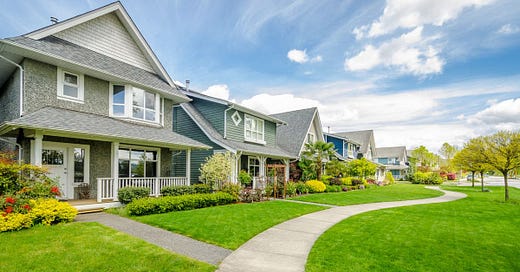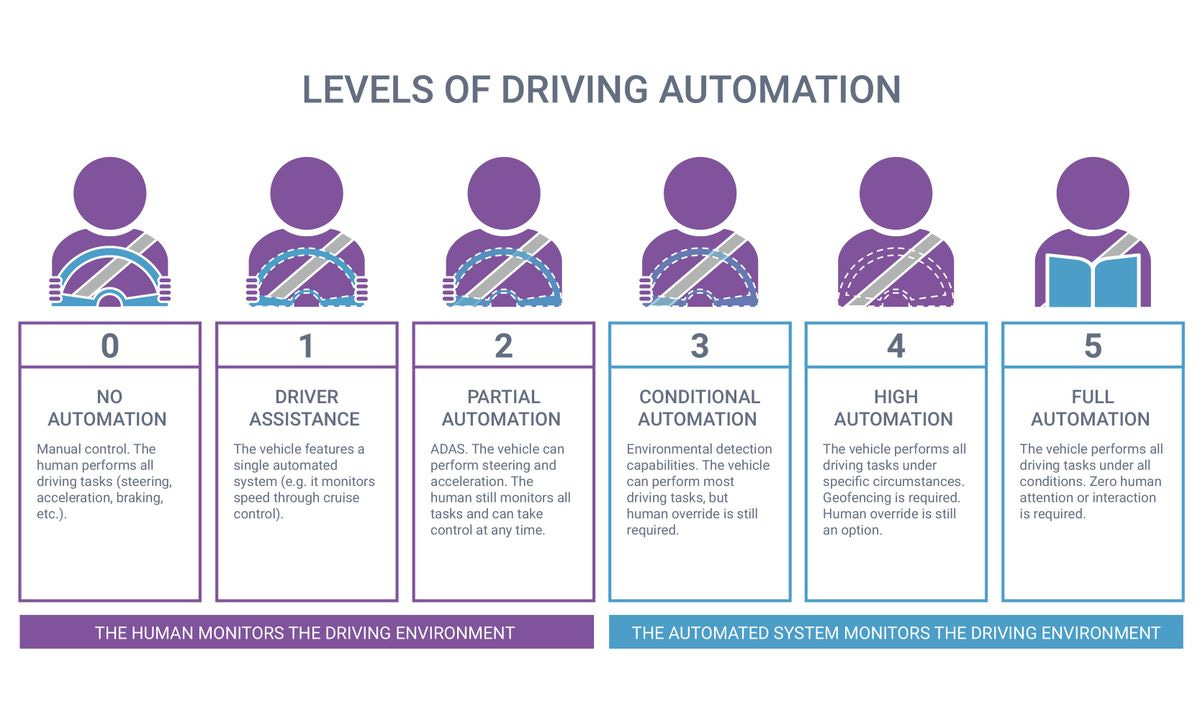“No technology has had a greater impact on American everyday life than the automobile. Where we live, how we work, how we travel, what our landscape looks like, our environment have all been profoundly shaped by the car.” — Thomas J. Sugrue
The Automobile Insurgency
In October 1908, the Ford Motor Company shook America with the debut of its Model T. Before this release, cars were too expensive for people to buy and as a result, rural America was disconnected from much of society. During this period, people needed to live close to their work and they hardly had the opportunity to explore areas outside a few mile radius.
Enter: The four-cylinder, 20-horsepower Model T, which first sold for $825, but by 1912 the price fell to $575, less than the average annual wage in the US, enabling the everyday person to own one.
The Motor Capital
The city that would build these cars required a few things: An already established machinery hub, easy access to transportation as well as resources, and tens of thousands of workers. Detroit had two of these characteristics at best but quickly solved the third.
In the 19th century, Detroit had transitioned from a modest fur trade town into an urban industrial machine house. Blacksmiths had built rudimentary machine shops and established heavy industrial warehouses. Railroads and water routes provided easy access to Chicago and New York as well as the useful iron ore in the Mesabi Range. As more and more people trickled into Detroit to find jobs, homes of all sizes sprung into life. Many houses resembled plain wood or brick patterns that were built within a few weeks’ time on the seemingly endless open land. The emergence of unions and benefits packages made auto work one of the most sought-after and secure jobs, which quickly solved the issue of finding more workers.
At the beginning of the 20th century, Detroit had close to 275,000 residents. By the 1930s, the city was home to more than 1.6 million Americans. The city of Detroit led the geographic revolution that eventually changed the way America lives today.
Suburbia
As cars became more accessible, those with enough savings were able to move beyond Detroit city limits and establish neighborhoods like Rosedale Park, Bloomfield Hills, and the Grosse Pointes. These neighborhoods laid the framework for modern-day suburbia.
The rise of the San Francisco Bay Area suburbs like San Mateo, Palo Alto, San Jose are perfect examples of motor vehicles enabling people to live beyond city limits and create new homes. Similarly in New York City, Westchester, Stamford, and the Hamptons are byproducts of people being able to move further from the city with the adoption of automobiles.
A study done by the American Housing Survey in 2017 revealed, “About 52% of people in the United States describe their neighborhood as suburban, while about 27% describe their neighborhood as urban, and 21% as rural.”
It’s been just over a century since the emergence of suburbs, enabled by the mass adoption of cars, and already over half of America calls the suburbs home.
The Present
There are over 287 million registered cars in the US and traffic congestion couldn’t be worse. As millions of Americans commute daily into urban areas from their suburban homes, endless parking lots emerge on freeways. Commuters in the 15 most-congested cities spend an average of 83 hours stuck in traffic per year.
It’s easy to think that adding more lanes would decrease traffic, but in reality, it actually makes it worse as people opt to drive more.
Over the past 65 years, the US has spent nearly $10 trillion on highways and roads, and only a quarter of that on subways, buses, and passenger rail.
States have already begun to raise the prices of tolls in cities to incentivize different modes of transportation or shared rides. In NY for example, the cost to enter Manhattan south of 61st may change from $9 to $23 starting in 2023.
The Future
The University of Cambridge published research that showed autonomous vehicles that drive cooperatively together can improve traffic flow by at least 35%.
Autonomous vehicles can eliminate traffic by moderating the speed of every other car on the road. This is incredibly important because the actions of one driver affect every other driver on the road. Imagine that the vehicles in front of you on a freeway are constantly braking, you must adjust each time and so will every driver behind you. This cascade effect turns a few seconds into much more significant consequences for the overall traffic.
In addition, a study by the University of Maryland showed that self-driving cars can reduce fuel consumption by up to 20% as a result of the decrease in traffic. As a general trend, fuel consumption is high at low speeds, flattens out at average speeds, and rises again at very high speeds. Decreasing the need to accelerate and brake would allow for cars to move more energy efficiently.
Companies like Waymo, Cruise, TuSimple, and Aurora have already rolled out projects in cities like San Francisco and Phoenix with billions in funding. With that said, autonomous vehicles have a long way to go.
In the chart below, experts say that self-driving cars have reached level 2 autonomy, meaning a driver must be present and paying attention to the road. Autonomous vehicle makers are looking to roll out cars once they’ve reached level 4 autonomy. Many people believe that level 4 autonomy can be reached by the middle of the decade, but these are still estimates.
For over a century, cars have played a monumental role in the development of America. Automobile innovation represents a cultural shift to suburban areas and continues to foster new ways of improving the way we live.
As we move forward, it’s important to note that only 37% of people would trust driverless cars even if they caused accidents at half the rate of humans. There are still monumental hurdles that must be overcome to convince people of the safety and efficiency of autonomous vehicles, but before the Model T was created, cars seemed impossible out of reach for the everyday person, and yet, that certainly isn’t the case anymore.
💭 Bonus
I led this newsletter off with a quote I wanted to challenge. I couldn’t believe cars had such a profound effect on society and the way we live today.
As someone in my early 20s who grew up in NYC, I couldn’t tell you a thing about cars (aside from the taxis / uber rides I’ve been in) — but I spoke to friends who grew up in the middle of the 20th century and I was fascinated when I watched them speak so vividly about cars.
“This beauty’s got 4 cylinders and 120 horsepower, enough to take me anywhere I need”
“All that horsepower don’t matter unless your torque is in line”
People genuinely enjoy the utility that cars provide them. It’s difficult to find another creation that has had the same level of positive impact. I often think of the computer or the smartphone; however, digital fatigue is increasingly damaging to people. Look no further than the comment threads on Tik Tok to capture this growing disdain for digital addiction.

While digital devices have brought incredible positive change, they’ve also created a sense of melancholy that is clear and everpresent in society, especially among digital natives, people born into the era of the internet.
If you disagree or feel strongly about another creation, I want to hear your thoughts, all you have to do is reply to this email.
🚨 Hiring Zone
Over the past few months, hundreds of thousands of people have been laid off. In an effort to help support people during this turbulent period, I’ve decided to curate a list of companies that are actively hiring.
Doppler | Product Manager | Remote
Ramp | Growth Strategy Associate | Remote
Morty | Growth Associate | Remote
Brightest | Sustainability, ESG, Digital Transformation Consultant | Remote
Bank of America | Associate / Analyst, Consumer Retail Investment Banking | NY
Forward | Growth Strategy & Operations Associate | SF
Applico | Strategy Associate | Remote








